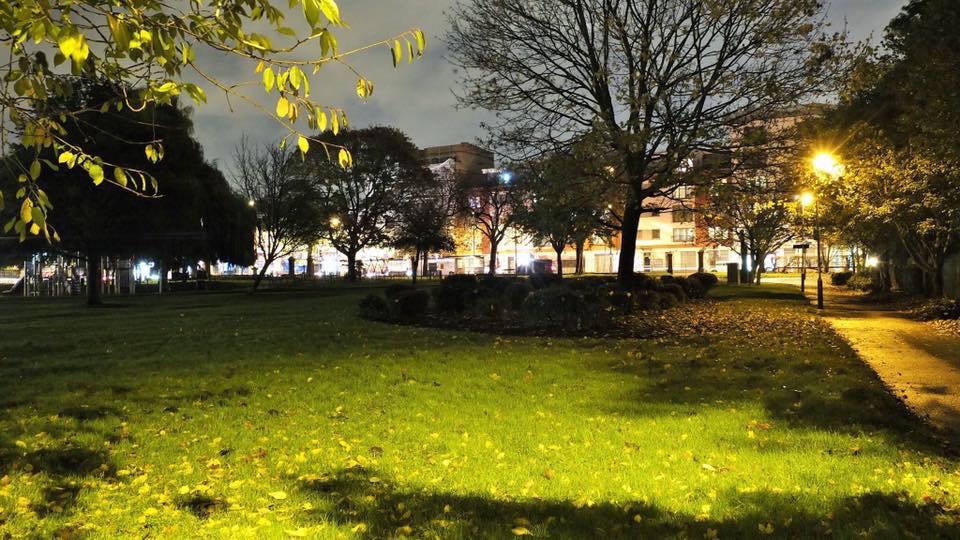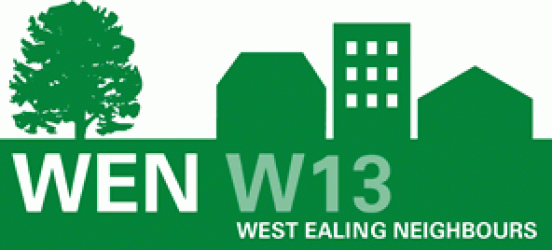DAY 7 – Wednesday 16 November 2011
As part of an ongoing series, Eric Leach reports from the Independent Examination of Ealing Council’s 2026 Local Development Framework Core Strategy (LDF CS).
I missed the morning session on Maps but attended most of the afternoon session on phasing etc.
The Government Inspector Elizabeth Fieldhouse asked the Council to make explicit reference in the 15 year spatial strategy plans (the Local Development Framework Core Strategy – LDF CS) to the fact that the delivery schedule would be updated annually.
Ealing Civic Society (ECS) argued that parts of the delivery schedule (eg education) were not up to date or consistent and the Inspector asked the Council to bring the schedule up to date in the final LDF CS submission document.
The Inspector emphasised that although there were quantitative targets for some aspects of the LDF CS (eg office space, industrial space, new homes, and retail space) such targets were missing for other aspects of the plan. The Inspector also wanted to see more attention given to phasing in the delivery schedule. In order for the LDF Annual Monitoring Report (AMR) to be effective there had to be quantitative reporting against delivery milestones.
ECS asked whether the Council monitored empty shops. In a long rambling answer from the Council left me with the impression that the answer was no. Ealing Fields wanted to know why there was no public domain data on the performance of District Retail centres like Northfield Avenue and Pitshanger Lane.
Jehovah’s Witnesses made an interesting intervention by pointing out the LDF CS offered no protection to places of worship and in fact the document doesn’t even refer to their existence. He pointed out the in the up coming National Planning Policy Framework document it requires Local Planning Authorities to ‘…plan for religious facilities’. The Council responded by saying that it could not recognise/protect every form of organisation/building especially ones over which it had no control. I ploughed in here with pointing out that places of worship were amongst some of the oldest and most attractive buildings in Ealing and that all of them provided a wide range of valuable community services. As to the Council’s comment about lack of control, I compared the Council’s policy on strategic sport sites one of which – Trailfinders – the Council had absolutely no control over. In the end the Inspector instructed the Council to include the words ‘places of worship’ in the list of social infrastructure categories.
The agenda then moved on to issues surrounding Ealing’s current planning ‘bible’ its Unitory Development Plan (UDP). The Ealing UDP was adopted in 1998 and underwent changes in 2004 and 2007. Associated with the UDP are various Supplementary Planning Documents (SPDs) and Supplementary Planning Guidances (SPGs). The LDF CS and the LDF Development Management and Development Sites documents will eventually replace the UDP and the SPDs and SPGs. As the approaches and formats of the LDF documents are different so ‘mapping’ between the documents is difficult. Also The London Plan and subsequently the NPPF will also have an impact here. The rationalisation of all the old and new documents is clearly a complex process. Residents’ groups and community groups are clearly concerned that no (valuable to them) planning guidance is ‘lost’ during this information transfer operation. The Inspector requested that the Council produced a table of UDP policies with annotations as to the planned ‘destinations’ of the content of the policies. This was provided some days ago. The Inspector requested that this data be further enhanced to identify the places in the LDF CS where the UDP policy content is located.
Ealing Cricket Ground Area Panel (ECGAP) picked up on one of the items in the UDP table produced by Ealing Council. He expressed concern about the item which reads:
‘SPD 10: Conservation Areas and Listed Buildings: Delete’
He regarded the content of this document as being extremely important. This loss of content is serious. Ealing Council refused to discuss the matter on the basis that it was not an LDF CS issue. The Inspector agreed with the Council. ECGAP would not be fobbed off by this and after some wrangling the Council agreed to meet with him separately sometime before Christmas to discuss the issue.
Next week the Inspector will travel around the borough by bus and car to further acquaint herself with the geography of the town.Two private land site visits have been set up at Twyford Sports Ground and at Twyford Abbey. On Wednesday 23 November we have the final day of the Examination.
I think some credit is due to the Inspector here for the way she has allowed everyone who wanted to speak to have their say. She has been patient with residents whose emotions might occasionally have got the better of them and who sometimes strayed off the LDF CS topic. She has also been patient with Council Officers who sometimes, no doubt inadvertently, gave the impression that they were setting or dictating the ground rules to determine ‘soundness’ of the Council’s proposals.
Eric Leach
17 November 2011


Thanks, Eric.